Why do temples have tanks and step-wells? Know answer and see their pictures across India.
All through my India travels found
temples to have a water-tank or step-well. Tanks found more in the South whilst
step-wells in Rajasthan and Gujarat. Some of them are architectural wonders
like Rani-Ki-Vav Patan, Gujarat.
In this piece, we share pictures of
select water-tanks and step-wells across India and importantly explore why
these were made and benefits.
Water represents one of the five Panch Mahabhoot or the Five elements of
nature of which everything is made, the other four being Fire, Air, Space and Earth
or Prithvi, Akash, Agni and Vayu. The
Prana is connected to be these five elements.
Also read Purifying
the Five Elements of our being , The
5 Elements of Nature and their relationship with the human body
In earlier times when water tanks etc.
were well-maintained, devotees would take a dip in the tank before going for
darshan. Highlight of the Kashi Vishwanath Corridor is that devotees can have a
dip in the Holy Ganga and directly go for darshan to Kashi Vishwanath Mandir. Note
that even today there are 22 stone wells inside the Rameshwaram Temple.
“In traditional societies water was sacred and, concurrently, rivers were deified. This has many implications for the protection and management of water supplies," says late Dr. R Nagaswamy, former Director-General of the Archaeological Survey of India.” Source
Here is what Anuradha Goyal wrote in Hinduism Today, “Each
temple in ancient India had at least one temple tank. Skanda Purana, in its “Ayodhya Mahatmay,” describes a map of Ayodhya defined by a series of interconnected ponds, despite the city being located on the banks of a sarayu, a perennial river. In the South, the ancient temple town of Kanchipuram is full of tanks inside and outside the temples. In the heart of the city is Sarv Teertham Kulam, a huge tank surrounded by small temples on three sides.”
Anuradha adds, “Anupam Mishra, a pioneer in rainwater harvesting and water conservation, is credited with reviving many traditional water conservation techniques. In his copyright-free book Ponds Are Still Relevant, he takes us through the ecosystem of water bodies in different parts of India. He talks about how people chose the right spot and time to build the pond and how they maintained it over years, involving each segment of the society that benefited from it. Every rooftop was connected to a water collection mechanism leading to individual wells in desert cities, including Jaisalmer, even though it has a wealth of 52 scenic ponds.”
Now coming to the practical aspects.
The Kund or water-tanks were used to
store water i.e. also required for temple rituals. Water thus stored, increased
the ground water level and replenished community water supplies. In
water-deficient places like Rajasthan and Gujarat, step-wells had an actual
well for e.g. in Rani-ki-vav depth of well is 100 feet.
According to this article on Art of Living site, “Every temple had one or more natural spring-based water tanks attached to it called pushkarni for harnessing water. Pushkaram means to make fertile. Other than helping people cleanse themselves before congregating, these tanks were harbingers of fertility to the land as they helped increase the water table in the village.”
In case you know of any more reasons email me and
shall incorporate.
Temple tanks are called in Tamil Nadu-
Theerthem or Teppakkulam or Kalyani, in Kerala- Kshetrakkulam or Ambalakkulam,
Karnataka- Kalyani or Pushkarani, Andhra & Telangana- Theertham or Sarovaram.
In Gujarat and Rajasthan it is called Vav, Baori etc. In the Braj region are number
of kunds, most of them in disuse. Braj Foundation has undertaken the job of restoring kunds in the region. In Goa water tank is called Tali. To see pictures of temple tank in Shantidurga Temple Album, Goa
Today there are virtually no ancient
temples in North India, hence most of the pictures that you see are from west
and south India.
We now present pictures of water-tanks/step-wells
across India. Below that are links to various albums and articles/TED talk.
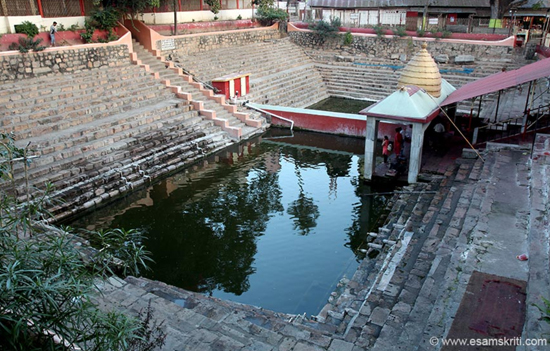 Kamakhya Mandir Guwahati, Assam
Kamakhya Mandir Guwahati, Assam 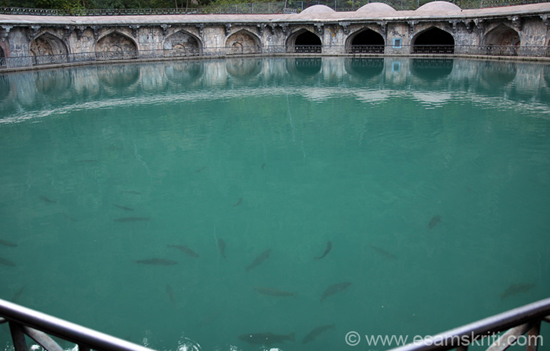 Kund, Verinag in Kashmir Valley.
Kund, Verinag in Kashmir Valley.  Tank Belur Temple, Karnataka
Tank Belur Temple, Karnataka 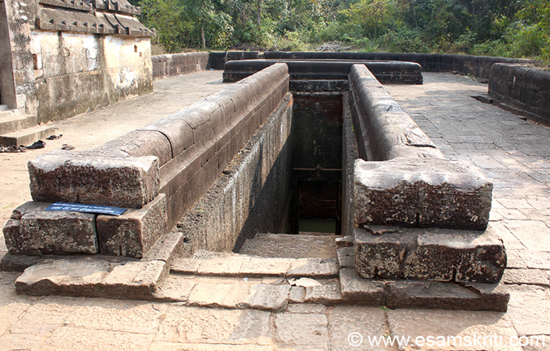 Step-well, Udaygiri Monastery, Odisha.
Step-well, Udaygiri Monastery, Odisha. 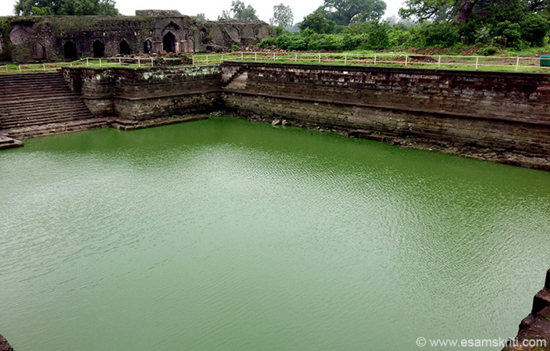 Somvati Kund in front of Darya Khan Tomb Mandu, M.P.
Somvati Kund in front of Darya Khan Tomb Mandu, M.P.  Step-well, Hampi.
Step-well, Hampi. 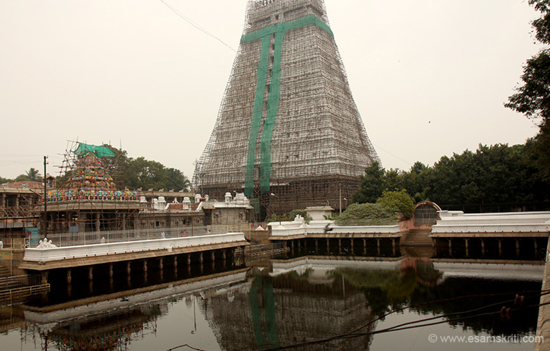 Arunachaleshwar Mandir Thiruvanamalai, Tamil Nadu.
Arunachaleshwar Mandir Thiruvanamalai, Tamil Nadu. 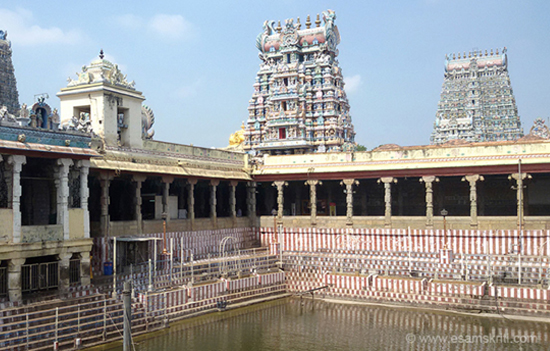 Meenakshi Temple Madurai.
Meenakshi Temple Madurai. 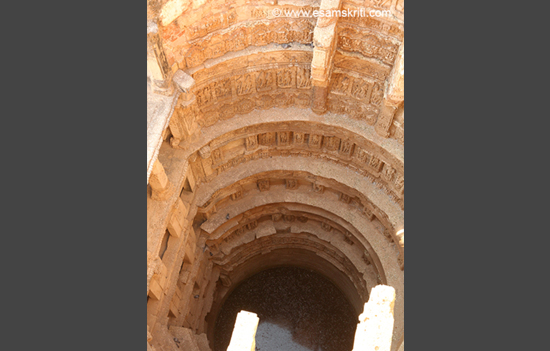 Well has depth of 100 feet. Rani-ki-vav Patan, Gujarat.
Well has depth of 100 feet. Rani-ki-vav Patan, Gujarat. 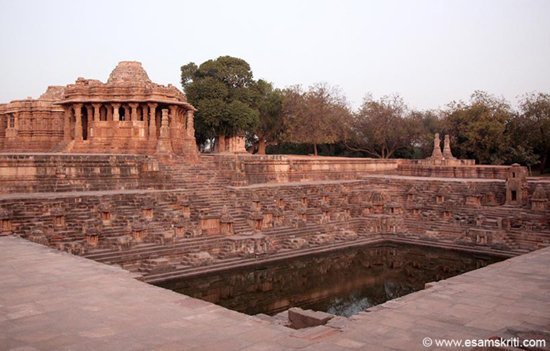 RAM KUND Surya Mandir, Modhera.
RAM KUND Surya Mandir, Modhera.  Bahubali Gomateshwara, Shravanabelgola, Karnataka.
Bahubali Gomateshwara, Shravanabelgola, Karnataka. 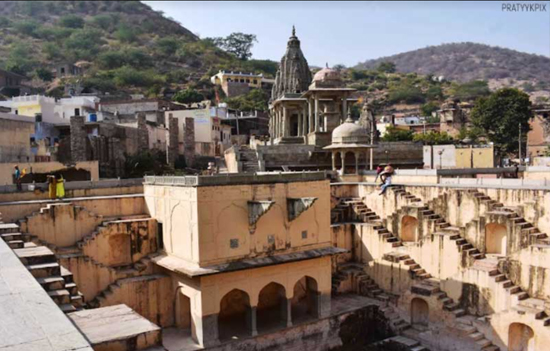 Panna Meena-ka-kund Jaipur.
Panna Meena-ka-kund Jaipur.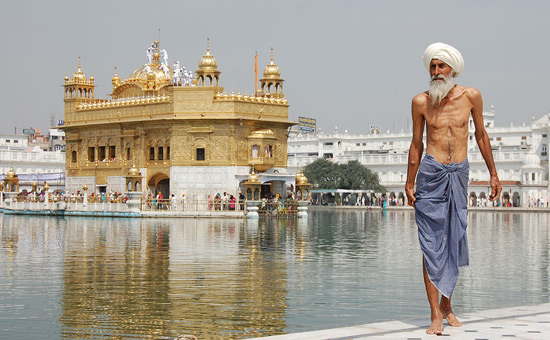 Hari Mandir Amritsar.
Hari Mandir Amritsar. 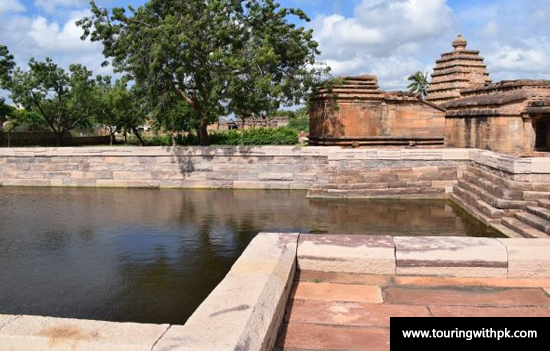 Malikkaarjuna Gudi Aihole, Karnataka.
Malikkaarjuna Gudi Aihole, Karnataka.  Madhavagorantha Temple Gorantla, Andhra Pradesh.
Madhavagorantha Temple Gorantla, Andhra Pradesh.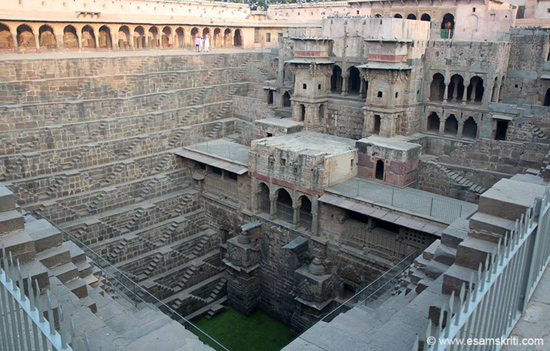 Chand-Baori near Jaipur.
Chand-Baori near Jaipur. 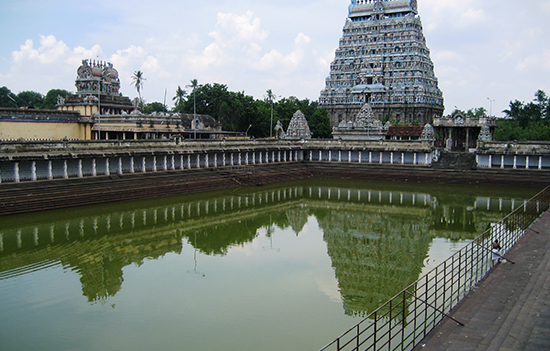 Tank Chidambaram Mandir, Tamil Nadu. Credits P K Narayanan.
Tank Chidambaram Mandir, Tamil Nadu. Credits P K Narayanan. Kalyani at Melukote, Karnataka. Credits P K Narayanan
Kalyani at Melukote, Karnataka. Credits P K Narayanan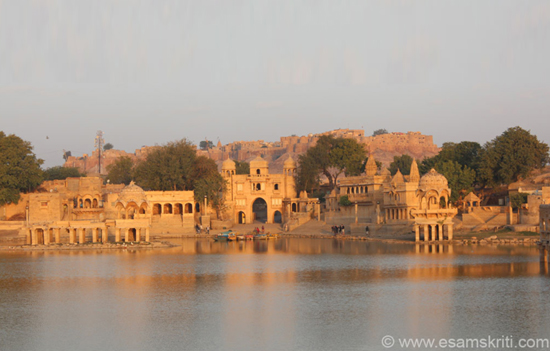 Gadkar Lake Jaisalmer, Rajasthan.
Gadkar Lake Jaisalmer, Rajasthan.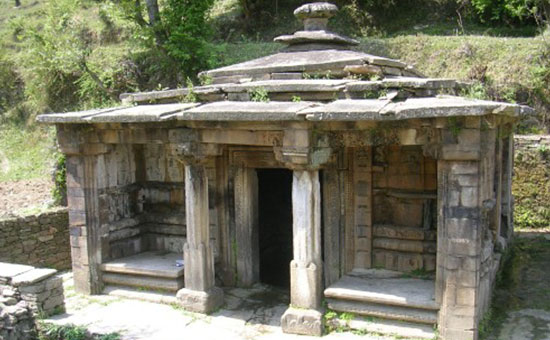 Naul, Kumaon, Uttarakhand. Pic Kaushal Saxsena
Naul, Kumaon, Uttarakhand. Pic Kaushal Saxsena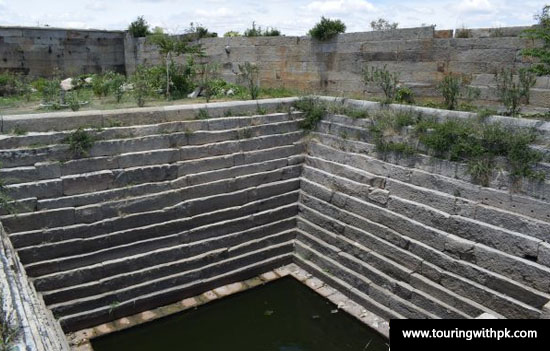 Virupaksha Mandir, Mulbagal, Karnataka
Virupaksha Mandir, Mulbagal, Karnataka  Baori in Orchha, M.P. Water used for agricultural purposes today.
Baori in Orchha, M.P. Water used for agricultural purposes today.Anuradha Goyal wrote in Hinduism Today, “It is time India realizes its sacred relationship with water, revives and re-establishes it, values it, cherishes it, and lives with abundant water, just like our ancestors did.”
P K Narayanan has contributed to this article.
Also see albums of
step-wells across India
1. Chand
Baori Jaipur
2. Hampi
Water system, Karnataka
3. Baoris
Bundi, Rajasthan
4. Rani-ka-vav
Patan, Gujarat
5. Adalaj-vav
Amdavad, Gujarat
6. Kannur,
Kerala
7. Panna
Meena-ka-kund Jaipur
8. Step-well Penukonda Fort,
Andhra Pradesh
9. Water tank or Kalyani at
Melukote, Karnataka
Also read
1. Rise
and Fall of Traditional Forms of Water Harvesting in India
2. Eris,
a system of cascading tanks
3. How
ancient India preserved the heritage of water resources – Good read.
4. India’s profound kinship with water
5. TED talk by Anupam Mishra – the ingenuity of water harvesting 18 minutes VG.
6. Naul and Dhar – A Cultural Heritage of the Himalayas
7. Traditional
Forms of Water Harvesting and applicability